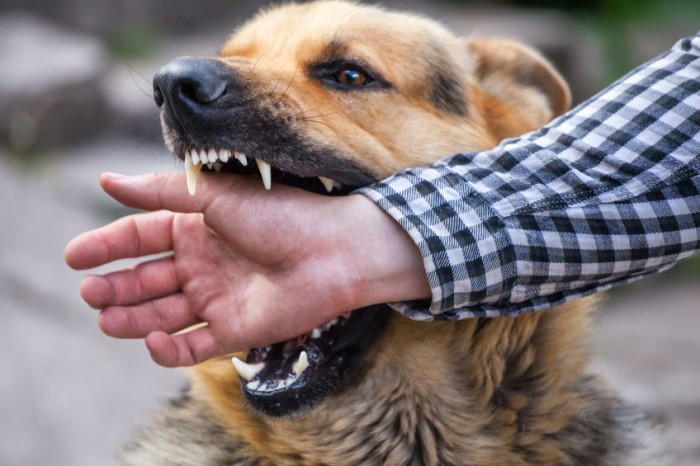Incidents of dog bites are also personal injury cases. It is expected that dog owners prevent their pets from running loose, being ungagged in public spaces, or being exposed to certain environments that can make them excited and potentially violent. They have a legal responsibility to prevent their pets from causing harm to other people or animals, or damaging property. If a dog does cause any such havoc, the owners are held liable and are expected to the victim compensation.
However, with dog bites, it is not always easy to prove fault. Yes, the dog caused harm but the question will be “what were the circumstances that led to the incident in the first place?” If the animal was protecting its owner and territory, it is a much different situation from if the victim invaded its home and attempted to commit a crime.
Here are a few ways a victim can prove liability in a dog bite case.
Was The Dog Always Violent?
Whether the victim knew the dog or was just a passerby when they were attacked, this kind of information is not hard to acquire. Dogs have a reputation within the neighborhood they live in. if the dog had violent tendencies, the neighbors would know and the victim can get their testimony to back up their claim.
In this case, the owner must have known that their dog has a violent steak and didn’t take any steps to prevent an incident. this makes them legally liable and must pay compensation to the victim.
Did The Owner of the Property Where the Incident Took Place Know The Dog Was Violent?
The landlord of the property where the animal resides can also be held liable for damages if they knew the dog was violent.
The law states that if the landlord owns a dog or harbors a dog and its owner and the dog causes harm to anyone, they can also be held liable. It is assumed that the landlord should know everyone and everything going on their property.
A violent animal is no exception. There are certain steps a landlord is expected to take to prevent an incident of dog bites, or animal attacks. Massachusetts dog bite attorneys will properly advise their clients on how to navigate this tricky clause. Overall, the landlord could bear some responsibility in a dog bite case.
Does The Victim Have Admissible Evidence?
The best way to prove the victim was not in the wrong is to present hard-hitting evidence that recreates the scene. Surveillance footage, photographs, and amateur videos of the incident are some solid ways of showing what happened. Medical reports showing injury also come in handy at this point.
Was The Victim Trespassing or Antagonizing The Dog?
This is another thing that needs to be cleared up. Oftentimes, in dog bite cases, the liable party will claim that the victim was either trespassing or antagonizing the dog.
They will claim that the dog was defending its home as it should and the victim probably taunted the animal into attacking in self-defense.
Proving otherwise is the case will depend on the evidence the victim can present and the known reputation of the animal in question.
Conclusion.
Personal injury cases such as animal attacks always boil down to the reputation of the animal, the circumstances that led to the attack, and the responsibility of the owner towards ensuring it never happened in the first place.
If the victim can prove that it was an unprovoked attack, the owner of the animal will have to pay for damages, and unfortunately for the animal, it may be put down.
